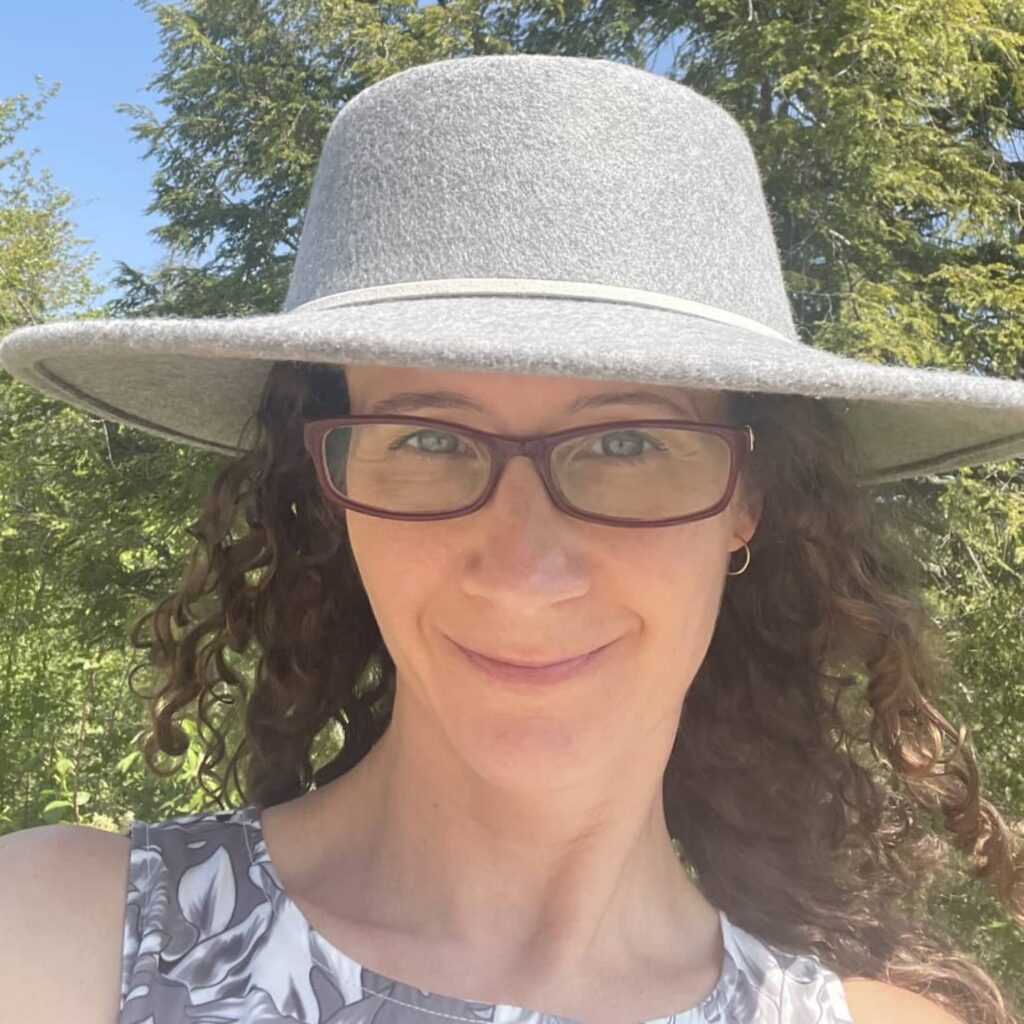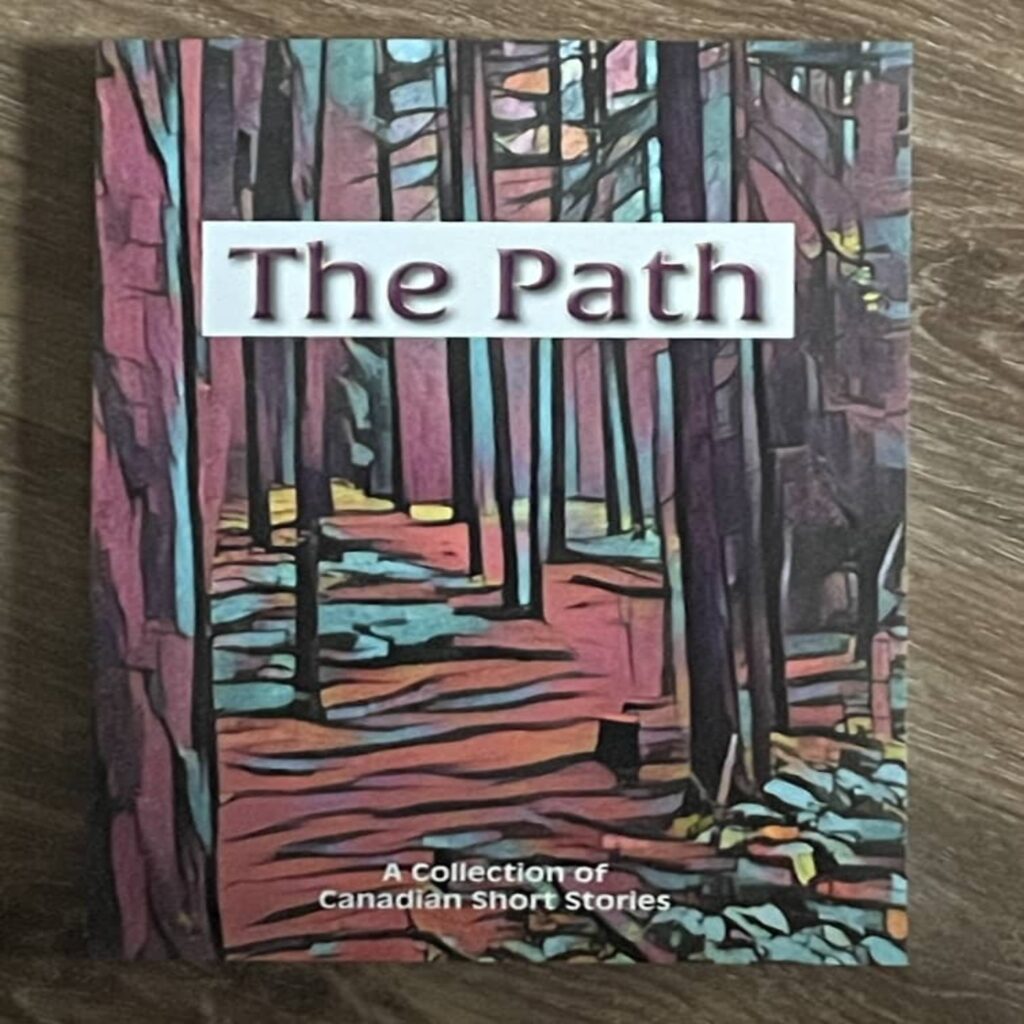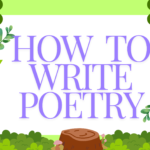Dialogue is the soul of all books. Without it, characters will lose their essence. In this interview article on how to write a dialogue, Laura Frost explores the techniques and nuances that make dialogue effective. Laura Frost is a contemporary novelist and short story writer with a penchant for delving into battles of the heart and mind, and what it means to be alive.
She is a tumbleweed Canadian, who has gathered inspiration from temporary roots in a bustling city, quaint mountain town, tight-knit farming community, and a dank trailer in the middle of the forest. Her short stories have been published in print and online. Interestingly, she leans on nature, baking, and adventures with her family to both calm and stir her writing muse, and during our session she took time to explain:
- What is dialogue and what is the purpose of dialogue?
- What are the types of dialogue?
- How do you structure dialogue?
- How do you structure dialogue?
- What are some things to know or avoid when writing dialogue?
- How to write a dialogue?
Let’s dive in….
How to Write a Dialogue – Practical Guide

Question 1. What is dialogue and what is the purpose of dialogue?
At its most basic, dialogue is basically just conversation. However, when writing dialogue, it can be so much more than that. It, can convey important information about a character or the plot without stating it directly.
It can show the relationship between characters depending on how they talk amongst each other and the progress of the relationship. How do characters speak to one another at the beginning of the story versus at the end of the story? Dialogue can show character traits through the way they talk. A shy character will speak very differently than a talkative or an outgoing character, and you can use this through dialogue to show the readers more about who your character is. In the same way, dialogue can convey emotions.
A nervous character will speak very differently than an angry character. And you can have some really interesting back and forth between characters based on what emotions are happening at that time. Also, you can use dialogue to show character background. Different regions will speak differently, have different terms for things. Some people might curse more or curse less, depending on what their background is.
And so there’s all sorts of different nuances in words and phrasing that you can use to show some character background without stating it explicitly.
Question 2. What are the types of dialogue?
So when we talk about dialogue, quite often, the first thing we think of is outer dialogue, which is what characters say to one another and the conversations they have. However, there’s also inner dialogue or inner monologue, which is a character’s thoughts or a conversation between the character and their mind. There’s also unspoken dialogue, which can be a lot of fun to play around with in writing.
That’s essentially body language. You know, just showing the character, what they’re going through, what their emotional state is, or, something they want to tell another character. But instead of using words, use body language, pointing fingers, nod of the head, or some, you know, more subtle cues.
Question 3A. How do you structure dialogue?
I’m not going get into the logistics of starting new paragraphs or comma use or quotation marks or anything like that. But I will talk a little bit about dialogue tags. Those are the words used to let the reader know who is speaking:
He said, she said, they yelled, and so on. It’s important to have dialogue tags so the reader knows who is speaking. However, you do not need a dialogue tag for every sentence, especially if you have a nice back and forth going between two characters. The reader gets into a nice flow and understands naturally who is speaking and it can become very repetitive if you have he said, she yelled, after every single line. So we basically want to keep it simple and keep the reader engaged in the story.
And, dialogue tags can be more effective if they are kept to simple words as well. Said is a very popular used word for a dialogue tag because it essentially becomes invisible to the reader. The reader just sort of skims over it, understands who is speaking without getting pulled out of the story.
You can use more colorful dialogue tags such as bellowed or guffawed or some of these, you know, really fun words. But, if they are too colorful, although they do a great job of showing how the character wants to relay the message, it can pull the reader out of the story a little bit and it can be a little bit distracting.
So quite often, a simpler dialogue tag can be much more effective in delivering your story. You can also use actions in place of dialogue tags. I have a story called The Route Taken and I have a line in it. The line is, Stephen crossed his arms and sunk into the corded seat. “Why do we even have to go?”

Now, the line, “Why do we even have to go?” is what he says, but I don’t have to say Steven said. It’s implied that he is speaking because we have the action of him crossing his arms and sinking into the seat before he speaks.
Question 3B. How do you structure dialogue?
Remember that each character has their own agenda, and you can do a beautiful job showing this through dialogue. Even though a conversation is about a particular thing that the characters are talking about, each individual character comes to the conversation with their own unique perspective.
And, it can be a lot of fun to sort of have two separate agendas going on wrapped into one conversation. So I’m going to read a little bit from my story, August Fifth. In it, we have Tiff and Ben and the dog Gus. And so in this scene, Ben is a helicopter rescue worker and he is picking Tiff up from a mountain where she was stranded. Just as he comes down, touches base, and he needs to put the harness on her.
“Hey, Tiff!” Ben yelled through his smile as his feet touched ground. “You certainly picked a fine day to need a rescue.”
With a burst of energy, Gus jerked Tiff forward as he lunged at Ben. He spread his paws on Ben’s chest and covered his face with slobbery kisses.
“Hey, Gus,” Ben said as he rubbed the dog down. “You sure are happy to see me. What do you say we get you off this mountain?”
Pouncing backwards, Gus spun in a circle, his tail wagging. “Ow! Gus!” Tiff cried, her arm twisting as she kept a solid hold on the collar.
“And I think I need to get you out of here too, don’t I?” Ben’s eyes crinkled in a grin behind his goggles.
“Why did Mike send you of all people?”
“Come on, Tiff. Think of this as a big, romantic gesture.”
And then so although the conversation is about getting this harness on Tiff and getting her off the mountain, there’s a lot more going on. Tiff is a little bit frustrated that she has to be rescued by Ben of all people, and Ben is having a great time that he’s there to get his girlfriend off this mountain. So, there’s a lot of underlying things going on in one single conversation.
Question 4. What are some things to know or avoid when writing dialogue?

So although dialogue should come across as natural, it’s also not a word for word dictation of how somebody speaks in real life. We naturally use a lot of pauses in our speaking, umm, ahh, and we don’t want to actually write those out. It pulls the reader from the story. The dialogue does not flow well, as well the dialogue should have a point.
When you’re having a conversation between two or more characters, we want it to move the story forward. So in your story, you don’t want to have people talking just for the sake of talking. In your first draft, you might just write it all out and have all sorts of conversations that go off on tangents and have topics that are sort of boring to the full story, and you can cut those afterwards.
So you end up getting a nice natural flowing dialogue that really does have a reason for being there. You also want to avoid talking just for the sake of telling the reader something you want the reader to know. As soon as a character is going to say to another character, “As you know…” and then you start telling some background story or something, you know that you’re sort of falling into that trap and you want to try to think of a better way to relay that information.
And just like in real life, our characters are all unique individuals, and they will have their own unique way of talking. For instance, when I have characters respond to something somebody else says, one character always says, “I’m sorry?’’ Whereas another one might say, “What?” Another one might say, “Pardon me?” And to keep that consistent throughout my characters throughout the story. And there’s so many ways that you can lend a unique voice to each one of your characters to make them their own unique identities.
Question 5: How to write dialogue?
As with all pieces of writing a story, when it comes to writing dialogue, every writer approaches it with their own perspective and with whatever way works for them. For me, when I’m writing dialogue, it’s like I can hear my characters in my head having the conversation while my fingers are madly working at the keyboard trying to get it all down. I can feel my mouth quite often moving along with what the characters are saying. I can feel my face pulling and twisting depending on what emotions my characters are portraying in that scene.
And once I have it all down, I can go back and I can revise it and edit it to make it more reader friendly. And, one thing I do when I’m revising my dialogue is if there’s a very intense scene, I might make the sentences shorter and choppier as my character is trying to get a lot of information out in a very quick time. I might use longer sentences if my character is being thoughtful.
My dialogue reflects my characters and also reflects the arc they’ve gone through from the beginning of the story throughout and to the end. So, for example, if I have a character who’s quite shy at the beginning and then is much more confident and outgoing by the end, their dialogue should change through the story to reflect that.
I also change it up with pauses. My characters don’t always respond to something somebody else says. Sometimes they don’t want to respond, or sometimes they’re caught off guard. And I will use pauses or a little bit of silence or maybe they’ll even change the subject completely. And when that’s all done, I will read my dialogue aloud to make sure it sounds as natural as a normal conversation would, and that it makes sense, and it gets the point across that I’m trying to do.
Let’s wrap up
You’ll agree that mastering how to write a dialogue is crucial for crafting engaging narratives. Thus it’s essential to focus on the uniqueness of your characters to successfully bring their dialogues to life. As Laura pointed out, practice and careful editing will refine your skills.
And by experimenting and observing dialogue in various media, you’ll develop a keen ear for effective dialogue, bringing your characters to life and immersing your audience in your story.
Like to follow Laura on X? Click here to find her! Want more of her story The Route Taken click here. Also available for your reading pleasure is Trailer 13 use this link.
Lastly, want to learn more about unique method of writing stories, then I implore you to visit here!
Disclaimer: This article was written for educational purposes, we don’t get any affiliate commission from the purchase of any of the aforementioned books. All profits goes to the author.




